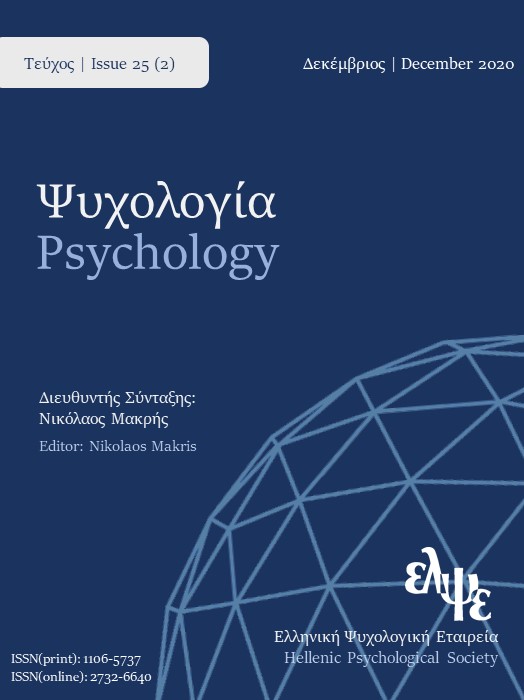The neurobiological substrate of intelligence: Anatomical and functional characteristics of the brain associated with cognitive abilities

Abstract
The modern era of brain imaging has enabled the direct investigation of the neurobiological substrate of intelligence thus contributing significantly to our understanding of individual differences in cognitive functions. This is a review of recent findings on the anatomical and functional underpinnings of intelligence. Specifically, the anatomical features of the brain that are associated with intelligence are brain volume, cortical thickness, white matter microstructure, and corpus callosum thickness. The functional characteristics associated with intelligence are the degree of activation of the prefrontal cortex and other areas of the parieto-frontal network, nerve conduction velocity, rate of glucose metabolism, and direction of cerebral laterality. Two recent neurobiological theories of intelligence, namely the neural efficiency hypothesis and the parieto-frontal integration theory (P-FIT), are also presented.
Article Details
- How to Cite
-
Τόμπρου Δ.-Μ., Ντόλκα Ε., & Παπαδάτου-Παστού Μ. (2017). The neurobiological substrate of intelligence: Anatomical and functional characteristics of the brain associated with cognitive abilities. Psychology: The Journal of the Hellenic Psychological Society, 22(1), 14–29. https://doi.org/10.12681/psy_hps.23264
- Issue
- Vol. 22 No. 1 (2017)
- Section
- REVIEWS

This work is licensed under a Creative Commons Attribution-ShareAlike 4.0 International License.
The journal PSYCHOLOGY adopts a Platinum open-access policy. Submission, processing or publication costs are waived by the Hellenic Psychological Society. Papers published in the journal PSYCHOLOGY are licensed under a 'Creative Commons Attribution-ShareAlike 4.0 International' licence. The authors reserve the copyright of their work and grant the journal the right of its first publication. Third-party licensees are allowed to use the published paper immediately after publication as they wish, provided they retain the defined by the license copyright formalities, regarding the reference to its author(s) and its initial publication in the journal PSYCHOLOGY. Moreover, any adjusted work should be shared under the same reuse rights, so with the same CC license.



